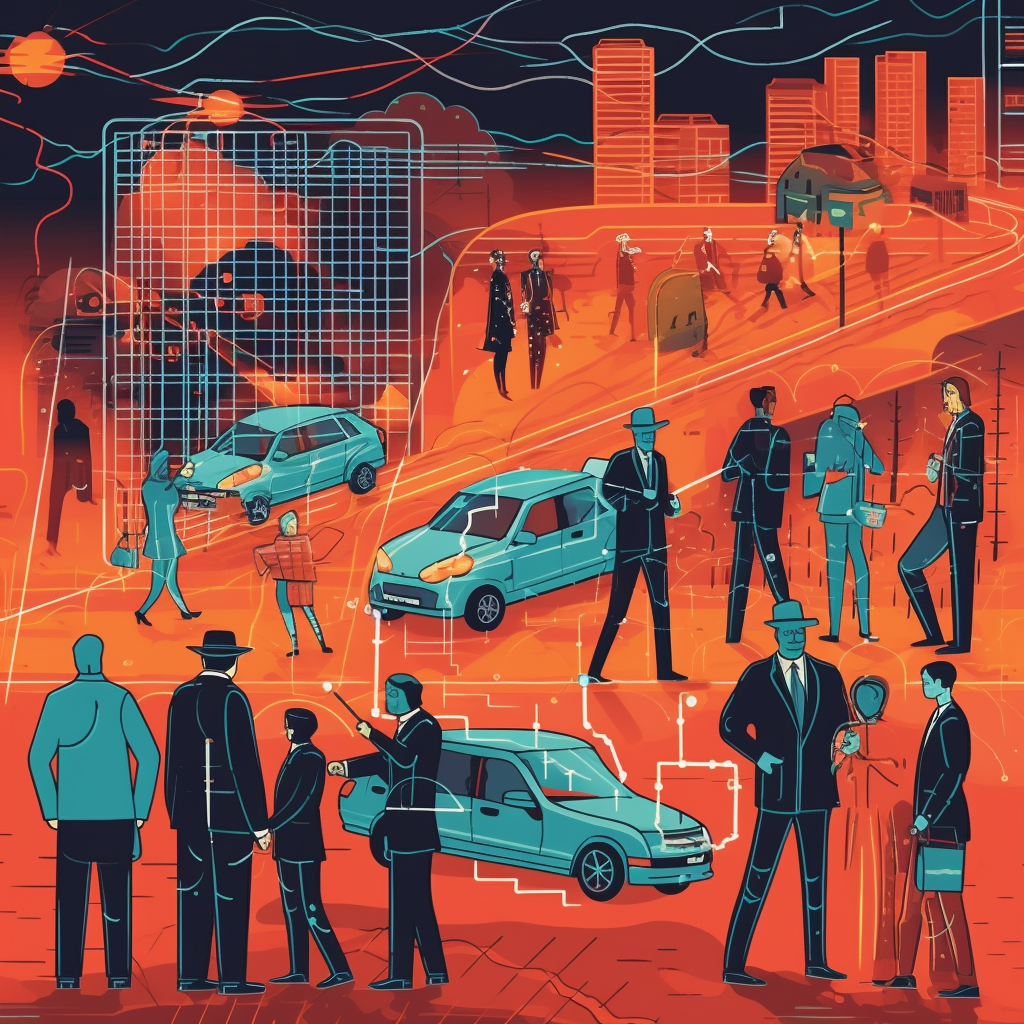The Complexities of Crime Prediction with Artificial Intelligence
First Published on 9 July 2023.
Introduction:
In recent years, the quest to predict crime before it happens has captured the attention of researchers and law enforcement agencies. The use of artificial intelligence (AI) algorithms to forecast crime patterns has shown promise but also raised concerns. While the potential benefits of crime prediction are enticing, it is crucial to address the biases and limitations associated with these technologies. In this blog post, we delve into the complexities surrounding crime prediction using AI and explore the implications for social justice and community well-being.
The Limitations of Predictive Policing:
Predictive policing relies on algorithms trained on historical crime data to identify areas at high risk of criminal activity. However, these algorithms are only as good as the data they are fed. In the United States, historical police data is often biased, with law enforcement disproportionately targeting low-income neighborhoods and communities of color. Consequently, the algorithms tend to perpetuate and amplify these biases, resulting in racially and socioeconomically biased predictions.
A Holistic Approach:
Crime prediction algorithms provide a single-dimensional analysis that overlooks the complexities of crime and its root causes. While they may claim high accuracy rates, the rarity of crimes makes false positives a significant concern. Instead, experts argue for a more holistic approach that considers the specific factors contributing to crime in a given community. By addressing issues such as education, housing, and civic engagement in collaboration with social workers and community groups, law enforcement can work towards sustainable crime reduction.
By analyzing arrest data from different neighborhoods, these tools obviously are curated to provide evidence of disparate enforcement practices. However, it is essential to strike a delicate balance, ensuring that these algorithms are not used as a justification for over-policing marginalized communities.
To mitigate biases and promote fairness, developers of crime prediction algorithms must adopt ethical practices. This includes training algorithms on comprehensive and unbiased datasets that accurately reflect crime patterns. Additionally, involving diverse voices, such as social justice scholars and criminologists, in the development and evaluation of these technologies can help identify and rectify potential biases.
editor's pick
news via inbox
Nulla turp dis cursus. Integer liberos euismod pretium faucibua

